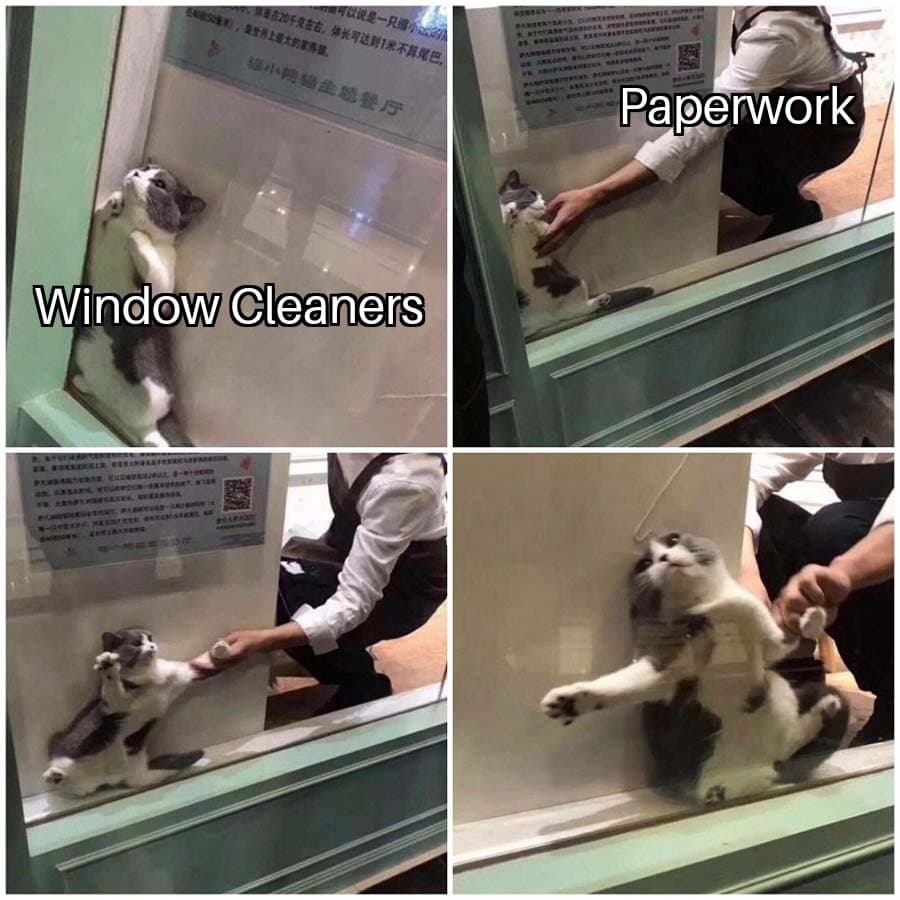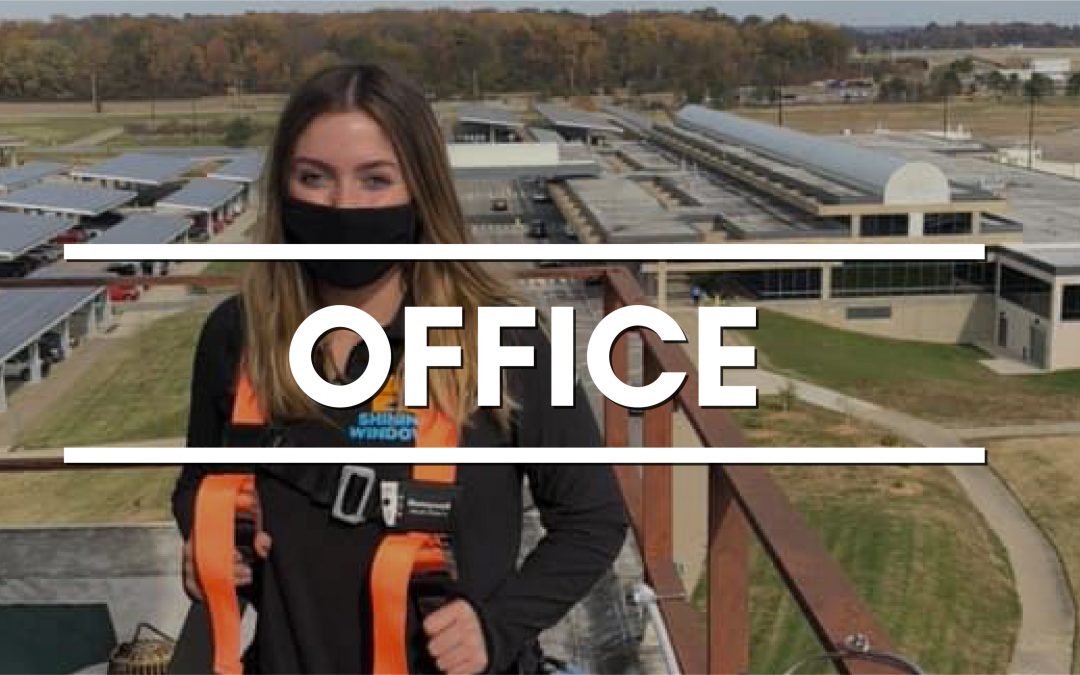1. Understand the Purpose
The purpose of a weekly safety meeting should be viewed as a mental reset. Your employees have lives outside of work, and who knows what mental state the employee comes back to work with. They could have argued with their spouse that morning, or even heavier matters like money issues could be plaguing them. The weekly safety meeting is a time to have the employee refocus on the task at hand. The employer or safety director allows you to get into their heads just for a few minutes to describe what dangers lie ahead for the week.
2. Not Training
If you are trying to provide training through a weekly safety meeting, you probably have the wrong idea. The weekly safety meeting should have the employee recall things they have already been trained on. It’s a reinforcement of what’s already been taught or to the culture your company is setting. Use phrases like “remember,” “think back,” etc.
3. Not Too long

Credit: Gabriel Gutierrez
Weekly Safety Meetings should last 5-10 minutes tops. Longer isn’t better. The attention span of most people today is short, and if they drag these meetings out, the less the employees will retain, and there is a greater chance they block it out, to begin with. Keep them precise and short.
4. Prepare Well
I have sat through many safety meetings where the person conducting it was not having fun or wanted to be conducting it. If the person conducting the meeting doesn’t care, how will the employees care? Whoever it is conducting, have them prepare short messaging. Know the material and be enthusiastic. Nobody likes a boring meeting, let alone a boring safety meeting.
5. Get the Employees Involved
The best weekly safety meetings are the ones that are more of discussion with employees answering questions. Have them relate experiences that have happened, get their buy-in, and have them involved. The insight this will give to management may surprise you.
By understanding what you want to accomplish and applying the above tips, you will have productive weekly safety meetings. Hopefully, you will reset the employee’s minds and be alert to the dangers present in their daily work. Be safe out there!
-By Michael Draper

